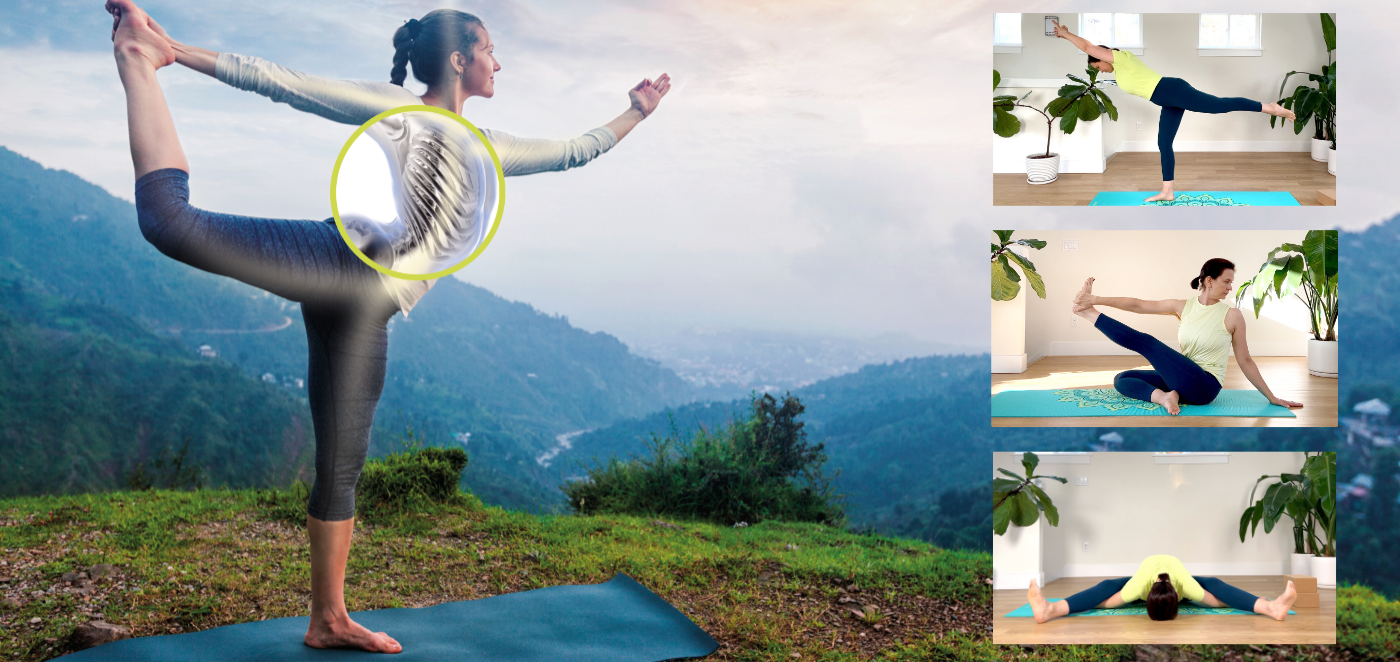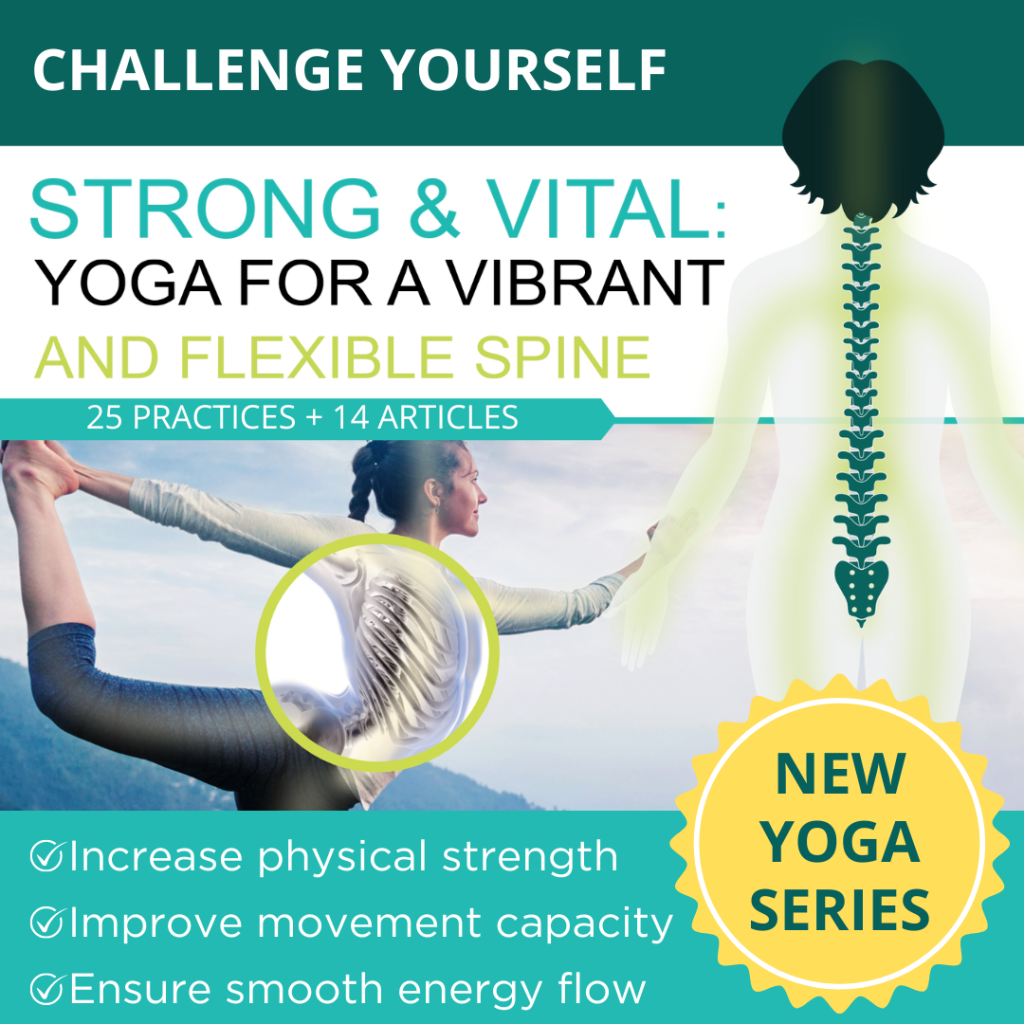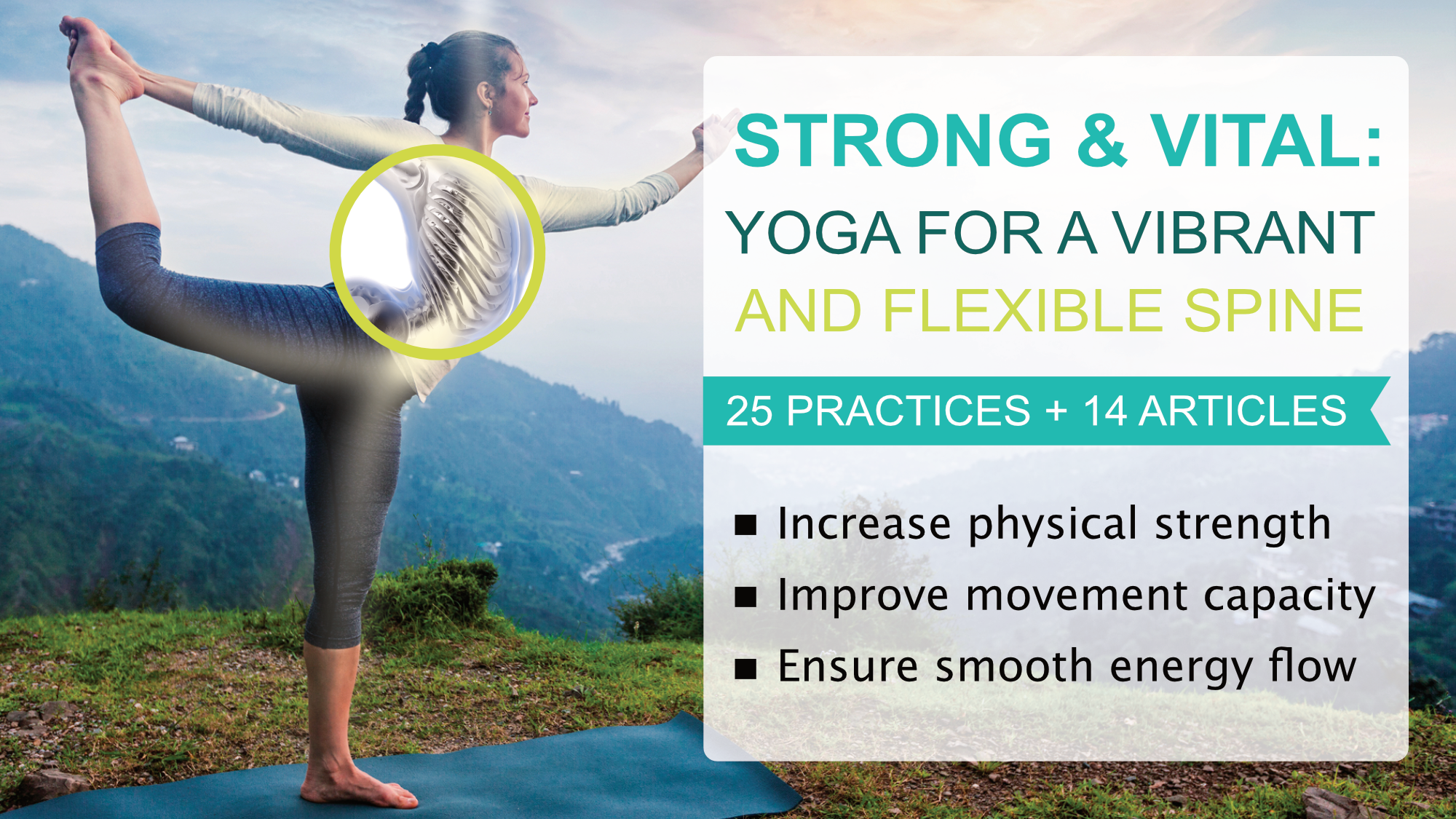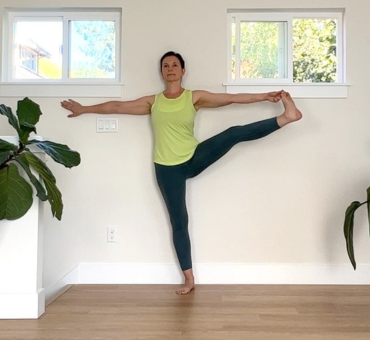Do you want to feel strong? Do you want to feel vital?

In middle school, during our studies of various microorganisms, my biology teacher once told us: “Remember, everything that eats, poops.” This was very much in line with our middle school humor, so everyone thought it was hilarious, but my brain stumbled over that statement and forced me to look at all those teeny-tiny creatures in a new light.
Over the decades that followed, I discovered just how incredibly true this statement is both for creatures all around us and for every level of our own biology. Our cells ingest nutrients, fluids, proteins, and other molecules to be able to do their jobs. Then, they metabolize what they need and let go of the waste. As a result, they continue to function, grow, and renew.
The same exact thing happens on the level of the entire organism. We consume fuel for both the body and the mind. Food and water come in through the mouth, air comes in through the nose, and experiences come in through our sensory organs (eyes, ears, nose, tongue, skin). The body has a system for processing each of those intakes, extracting nourishment that it needs to thrive, releasing the waste it doesn’t need, and growing and learning as a result.
Not everything we take in is nourishing or even useful. The body will attempt to transform what it receives and get rid of the resulting waste, but the system might still get clogged with unnecessary garbage. This garbage might impede our growth and development. Of course, one empty-calorie Twinkie or junk post on social media will not affect you much, but if you keep piling them on and on, day after day, it can create serious clogging, which affects your health and well-being.
The yogis have developed a sophisticated system for understanding the movement of nourishment throughout our bodies and put it all together in the Pancha Vayu Model. The Pancha Vayu model describes the movement of vital force, or prana, via the five main energy currents that correspond with each stage of the intake – processing – assimilation – elimination – growth process. These currents are called Vayus. Each Vayu has a particular location within the body and moves in a predictable direction. If we want to feel strong and vital on a daily basis, we need to ensure that the energy flows freely along each one of those channels.

Your spine is the main conductor of vital energy. It facilitates the movement of energy throughout the body, so moving your spine in different directions helps pump the energy throughout your body.
There are many other reasons to keep your spine supple, of course. The spine is the central component of the skeleton. It is responsible for balanced weight distribution during any physical activity. It also encloses and protects the spinal cord – a bundle of nerves that controls all movement and organ function. Joseph Pilates put it best: “You are only as old as your spine is flexible. If your spine is inflexibly stiff at 30, you are old; if it is completely flexible at 60, you are young!!!” In our yoga practice, we need to take the spine through the full range of motion with forward bends, backbends, lateral bends, twists, and axial extension postures and make sure that we maintain a healthy range of spinal motion in each one of those directions.
And this is exactly what we do in our newly released video series, Strong and Vital: Yoga for a Vibrant and Flexible Spine. This series blends together the biomechanical understanding of the physical structure of the body with traditional yogic ideas about the essence of health and vitality. This yoga series is centered around your spine and is meant to increase its mobility and stability. We also view the spine as a primary conduit for energy flow within the body and work on restoring smooth energy flow throughout the body.
In this yoga series, we will
• Take your spine through its full range of motion using progressively more challenging postures to improve your ability to bend forward, backward, and sideways, to rotate and elongate your spine.
• Investigate each direction of spinal movement thoroughly to show how it benefits your body, describe which poses belong in each category, discuss proper movement technique, and show different ways to troubleshoot potential issues that might arise.
• Explore the location and direction of movement of each individual Vayu, discuss the main health and wellness qualities that the Vayu is responsible for, analyze the Vayu flow in your organism, and discuss practice recommendations for specific Vayus.
• Connect the direction of movement of specific Vayus with a specific directional movement of the spine and see how they support each other, serve common goals, and cultivate certain physical and mental qualities.
Check out this short video to get a better idea of what this series is about.
Throughout the series, you will increase your physical strength and movement capacity and try progressively more challenging poses that are meant to strengthen, stretch, and stabilize every part of your body. You will also work on building your vitality and resilience from within by ensuring smooth energy flow in every major direction so that every cell in your body gets nourishment to do its job without hindrance.
The Strong and Vital: Yoga for a Vibrant and Flexible Spine series includes 25 yoga practices and a 70-page e-book.

This yoga series is expansive in its scope and blends together the biomechanical understanding of the physical structure of the body with traditional yogic ideas about the essence of health and vitality. This yoga series is centered around your spine and is meant to increase its mobility and stability.










